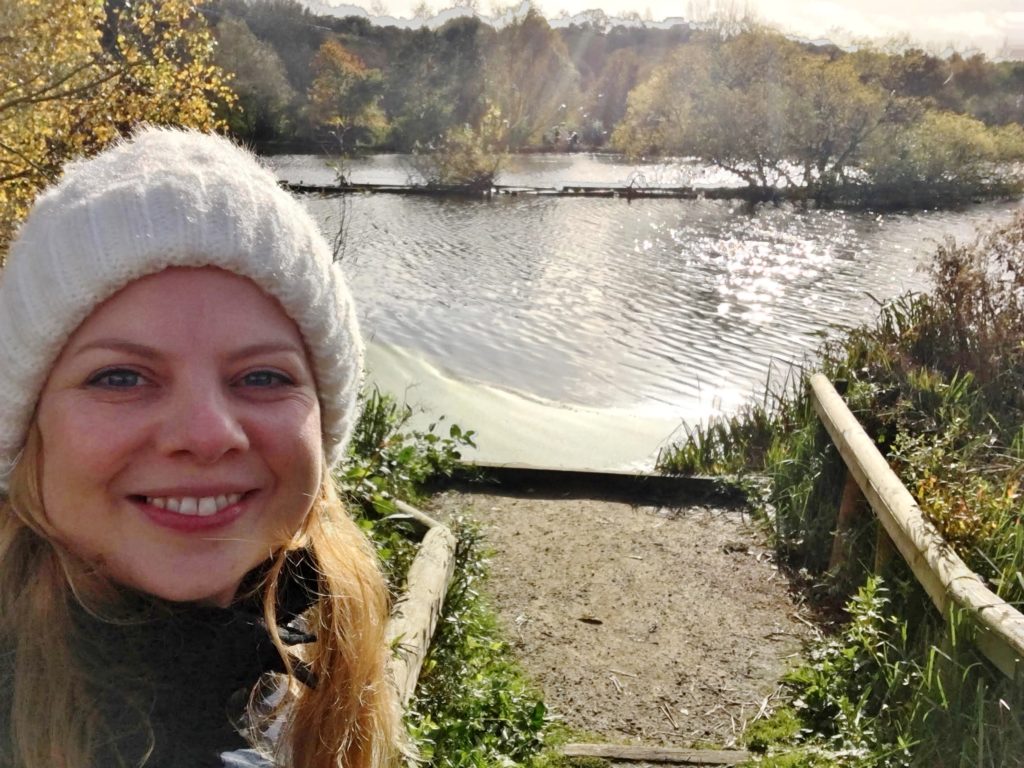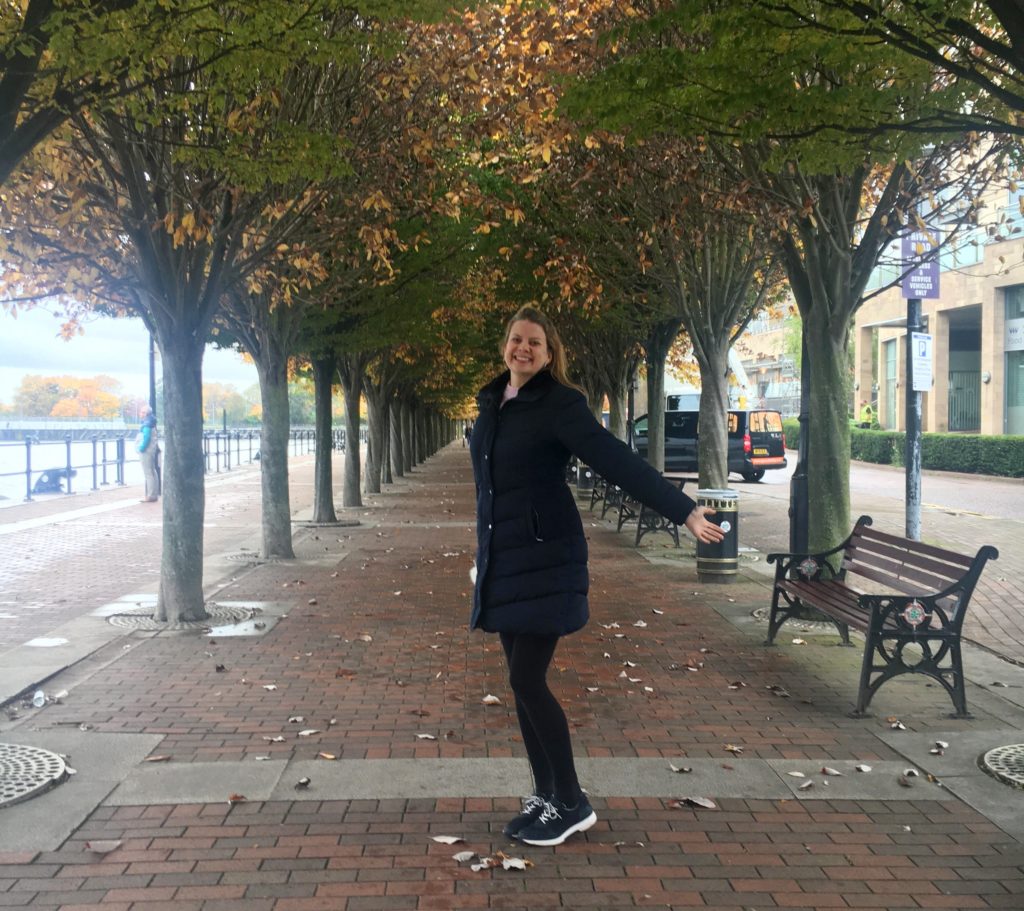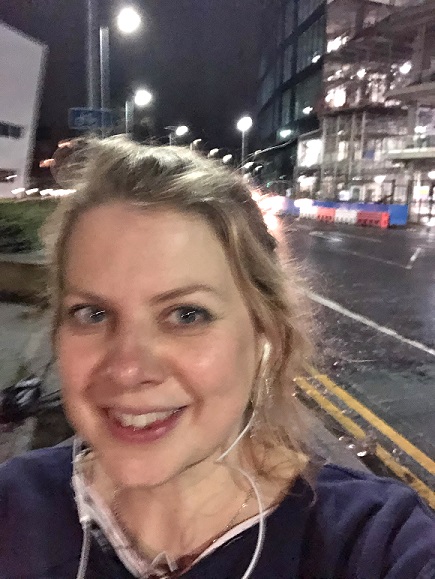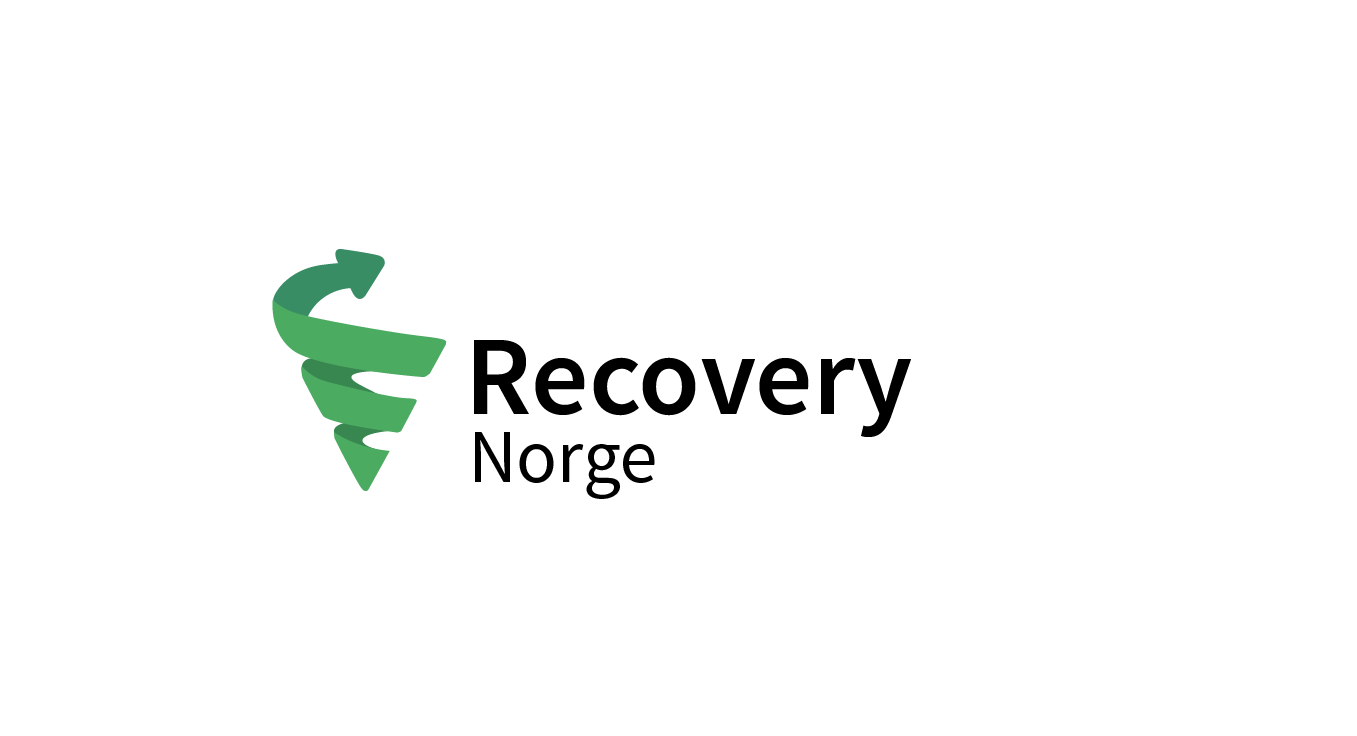Author: Eleanor Kirby

1. COVID and how it became long COVID
COVID itself was pretty uneventful for me. April 2020 was a mix of a lack of smell, being asleep for a fortnight, one horrendous headache, and watching all ten series of Friends! After a month, I was still fatigued, sleeping an extra hour in the daytime, but able to work from home and go out to see my friends a couple of times a week.
Certainly, before long COVID, my life was quite stressful. I had moved to a new city, and was making decisions about a partner, a house, and my job. Looking back on it, I probably had more uncertainties in my life at that time – and felt more insecure than I had for a number of years. As I learn about some of the theories of why long COVID comes about, whether what was happening in my life actually fed into insecurities and the stress response that then persisted after the viral infection had gone.
2. The severity of long COVID
Gradually, my fatigue got worse, and by July 2020 I couldn’t walk up the stairs.
It seemed like long COVID was disrupting all the systems in my body. Terrible exhaustion, conversations sounding too loud, dizziness when I moved my head, tinnitus, post-exertion malaise; the list is endless.
I realised that I couldn’t look after myself anymore and moved in with my parents. I was now unable to stand long enough to brush my teeth. I was sleeping 12 hours at night and then another six hours during the day. Fatigue, for me, was now disabling in all aspects of my normal life and I was scared because it was getting worse rather than better.
I was now unable to stand long enough to brush my teeth
Throughout long COVID, I had three particularly strange symptoms that persisted for months. The first was an overwhelming urge to stay absolutely still which I’d never heard of before or since. When I moved, I wanted to scream and cry. All the fatigue and dizziness seemed to support my body’s need to lie down, rest and stay still. It was very strange and felt like I was literally scared stiff. Even writing about it now makes me cry. The second was that I went completely white in my hands and feet (and looked pale in my face too). This seemed to be my body’s over reaction to being slightly cold, tired, upset, walking or even standing up! Finally, brainfog. This was the worst. It was like my body was on autopilot, I had in-depth conversations yet wasn’t really ‘in the room’. I could manage one activity yet have no conscious awareness of activities or timeframes out of the immediate present.
3. GP support and traditional advice – kind, but not helpful
My GP was honest with me and told me that not much was known about long COVID. She said that the symptoms sounded like those of ME/CFS. She advised that I should try to leave the house every day but not to ‘overdo’ it. I wasn’t sure what ‘overdoing it’ was, and every time I felt symptoms, I already had an enormous amount of guilt that my illness was my fault for ‘overdoing’ it. She also said that if I continued to find walking difficult, I should consider using a wheelchair to go out.
I came off the phone call and it was if a bomb had gone off in my life. I was devastated because a friend of the family had ME for 22 years and was unable to leave the house. I believed that the same fate awaited me. I didn’t know where to turn.
A friend of the family had ME for 22 years and was unable to leave the house. I believed that the same fate awaited me
I ordered a book on Amazon called ‘The Diagnosis and Treatment of CFS/ME’. One chapter recommended “total rest for body and mind”. I was terrified that any activity would damage my body and delay my recovery. I began staring out of the window, for hours sometimes. I would watch two pigeons (Gary and Thelma) coming and going until I built up enough energy to do some origami, then I would go back to the window. I grew strangely jealous of Gary and Thelma who had a different perspective on their easy life in the tree.
I was terrified that any activity would damage my body and delay my recovery
The book also recommended tracking my symptoms. I obsessively wrote an hourly diary in the hope of working out what ‘overdoing’ it meant for my body. Measuring my heart rate, writing down my food intake, recording the frequency of my headaches, counting the number of hours I slept, measuring my dizziness on a self-invented scale of 1–10… Anything I could think of, I tracked.
One afternoon later that week, I built up enough energy to do some tai chi in the garden. Twenty-four hours later, I got something that I had previously read about in my book and heard about from another friend who has CFS – ‘post-exertional malaise’. I can’t describe the strange and horrible feelings all over my body over those few hours.
4. Support from family, friends and counselling was vital
During these couple of months, I was terrified about being permanently ill. Stress seemed to make the symptoms immeasurably worse, so instead I tried to problem solve. I listed jobs that I could do from my bed that were linked to teaching, and I also tried to come to terms with my ‘new life’ by doing counselling (over Whatsapp because conversations were too loud and confronting). I had no idea what was happening in my body but believed it had something to do with the mitochondria (this is what the book from Amazon had said) and that I should preserve as much energy as I could.
I had no idea what was happening in my body but believed it had something to do with the mitochondria
When I was alone for hours in my room, my thoughts swung from desperation about my health to absolute boredom. I am forever in debt to my parents, who not only brought my meals and helped to wash my hair, but also looked out for my mental health. My mum told me every single day that I would get better, she found the perfect balance of sympathy and strength that I needed.
The only respite I had during these months was seeing my wonderful family and best friends on Zoom…. And interestingly, it was in these distractions that the solution seemingly lay. ?
5. Finding a way out!
I began researching in online medical journals: What was it that allowed some people to recover from CFS/ME after a viral infection, and some not?
I came across several articles from around the world that talked about how a virus could trigger the brain/body to become stuck in the body’s ‘emergency physical response’ mode — ‘fight, flight, freeze, fawn’. This really rang true. My symptoms were reflective of my brain/body trying to protect me by making me stop doing anything – freeze.
My symptoms were reflective of my brain/body trying to protect me by making me stop doing anything
According to one piece of research in the British Medical Journal, the ‘Lightning Process’ course showed fair to good results in teenagers with ME/CFS. It had been tested on teenagers, so I knew it couldn’t be too difficult or dangerous.
I spoke to a different GP (who had herself endured Long COVID) and told her that I’d booked a place on this course. She was a lot more positive and agreed that my mindset could influence these symptoms. She had heard of the Lightning Process in passing and agreed that it might be worth a try.
6. The Lightning Process – Sounded strange but I gave it a go!
The Lightning Process is a three-day course over Zoom designed to retrain your brain to use normal pathways again.
My background is in physics and I’ve always been interested in scientific evidence, so considering ‘alternative medicine’ was unheard of for me! I was very skeptical that my real physical symptoms could somehow be ‘switched off ’. However, for years I have noticed that when I am stressed, I often get eczema, so I understood that there is some sort of mind/body connection, so I did the Lightning Process course with as open mind as possible.
I was very skeptical that my real physical symptoms could somehow be ‘switched off ’
During the course we learnt simple mental exercises, such as visualising positive memories of when we had felt healthy and awake. This was designed to remind our brains that we knew how to use the ‘normal’, healthy pathways. We also learnt about how language influences the brain, both positively and negatively.
Most importantly, we were encouraged to interrupt our thoughts and change from concentrating on tracking symptoms and instead to focus on distraction and recovery. This seemed to work a little like CBT, but we were doing it on ourselves.
We were encouraged to interrupt our thoughts and change from concentrating on tracking symptoms and instead to focus on distraction and recovery
Alongside the actual Lightning Process mental exercises, we examined how we thought about ourselves and our lives. Many of us, it turned out, were quite stressed about different aspects of our lives. Again, by forcing our brains to think more positively we re-trained to use the ‘normal’, healthy pathways.

7. Recovery – Using the Lightning Process
Day 1 of the Lightning Process course: We learnt basic calming visualisations, how to interrupt our symptoms and focus on our recovery. I nervously tried it out over Zoom with the trainer and it did really calm my brain and body – it was such a peaceful feeling after months of chaos.
That afternoon, after being in the same bedroom for two months, I succeeded in walking outside to the post box! I had finally left the house! For the rest of the evening, I continued to interrupt any symptoms with calming visualisations, and it was working. Although I was petrified about how I would feel the next day, physically I felt better than I had in months.
I had finally left the house!
Days 2 and 3 – I had dinner with my family, walked outside, watched TV and stood up at the sink for around two minutes! By using the same calming visualisations and focusing on recovery, I found that I could do more and more. It was hard, however, because my mind continually drifted back to feeling anxious and waiting for the next symptom. But week by week, it got easier. It needed work. The visualisations were great and I was determined, kept going back to them time and time again. Lucky I am such a determined person – it’s hard work!
It was hard, because my mind continually drifted back to feeling anxious and waiting for the next symptom
I did the Lightning Process exercises every time I got a symptom, which was easily over 100 times a day at first. Each day I gradually pushed myself to do more activities and, using the Lightning Process to adjust (every 5 minutes sometimes!), I could do them!
I remember one amazing moment when I came out of weeks of brainfog. I had done a particular Lightning Process mental exercise based around ‘clarity and awareness’ – visualising a feeling of clarity from a previous experience in my life. Then I went for a shower and 2 minutes later it clicked! It was as if I could see all the details and colours of the room again! (of course, my vision had been fine all the time, but nothing much had been registering somehow). Immediately after, I went for a walk and had an awareness of the road and other objects again. I was no longer hit in the face by random branches that were out of my immediate perception, as I had been for weeks! I also had a sense of time again. I was cognisant of things I had done today, was doing tonight and in the future. It was like I had woken up!
It was like I had woken up!
Each week I ticked off more milestones: driving, walking, running, cycling, seeing friends, and finally working full-time in a busy secondary school! I had my life back.
8. Honesty about the Lightning Process
Has it been easy? No. My body was feeling normal but I continued to harbour a deep fear that I would relapse. Even after six months of working full-time, it was hard to trust my body completely. I still get odd symptoms, such as fatigue, pain in the centre of my chest, turning completely white or getting brain fog and mixing up words. However, this anxiety is improving as I see how much more I can do
Reflecting on the last year and a half, I am quite proud of myself for working so hard at the Lightning Process. It worked amazingly, but for me, it was hard-won at times, I did the Lightning Process exercises around 100 times a day for the first four months, at least. Even dragging myself out of bed crying at night and doing it because my body and mind was in a mess.
I did the Lightning Process exercises around 100 times a day for the first four months, at least
Will I still use the Lightning Process?! ABSOLUTELY. Now, when I need it, in just a few seconds, I can do the Lightning Process mental exercises to bring my brain and body completely back to normal.
Was it worth it?! ABSOLUTELY. I am back to myself – fun with family and friends, working in a full-time job that I love!

9. Reflecting on the last 18 months and looking forward to the future
I have just finished a busy term at school. I jog, go to the pub and have moved into a new house. Definitely feeling normal again!
Long COVID and the Lightning Process have dominated my world for the last year. I have only shared the real hardships with a few close family and friends and will be ever indebted to them for putting up with me!
It would be appropriate here to reflect the part that privilege played in my recovery. I paid £800 for the Lightning Process course, costs that for many people would be prohibitive. I had a family who were supportive, strong and willing to look after me 24/7. I had the ability (adventurous side!) to search for my own answers in journals. I had no dependents, allowing me to focus entirely on my recovery and have an amazingly supportive school that paid for 3 months full pay while I was off work. Without all these jigsaw pieces all fitting together it could easily be a different story.
I have a new confidence and compassion as a teacher, working with students who are experiencing mental health issues. Arrogantly, I have always been such a happy person that I thought I was immune to mental health issues. But for these months my perception of the world was grim, and my physical symptoms were always accompanied by a bout of sadness or fear. I don’t know which triggered which, but they always mirrored each other. As someone usually fearless in life, I feel like it is an admission of inadequacy to say that I experienced anxiety. At times I was scared of trees moving or headlights looking like eyes, which was terrifying. From this, I do however feel that I have a new understanding of others.
Now, I have 5 or 6 people per week contact me on facebook with similar horrendous Long COVID stories
Now, I have 5 or 6 people per week contact me on facebook with similar horrendous Long COVID stories about not being able to walk, awful symptoms or feeling like they are losing the life that they knew. I’m massively happy to help, but it also weighs on me that there are thousands of people with this issue, and how best as recoverees can help.
Surviving Long COVID over the last 12 months has been tough, and I have enormous respect for those who have struggled with it for even longer. I hope they find a way out.
This is where – I hope – the weirdest chapter in my life ends. A pandemic, a bizarre illness, and a bizarre cure!
